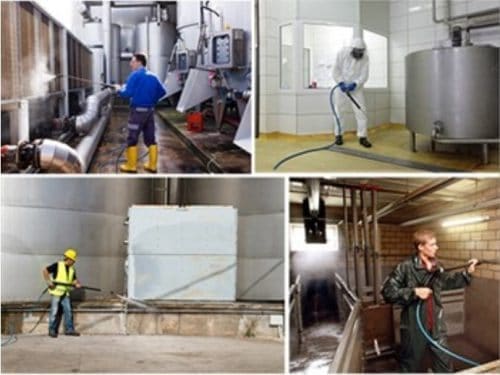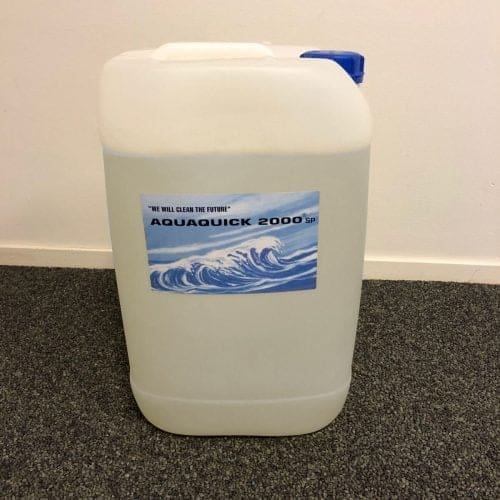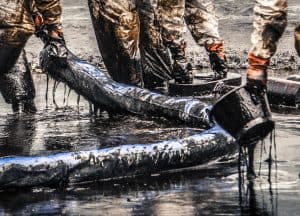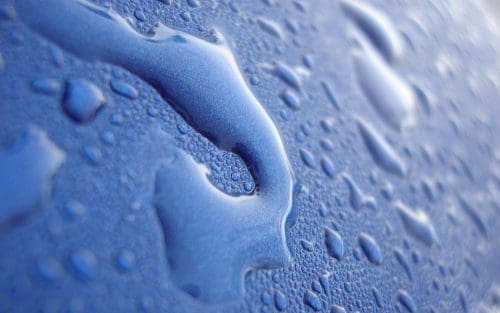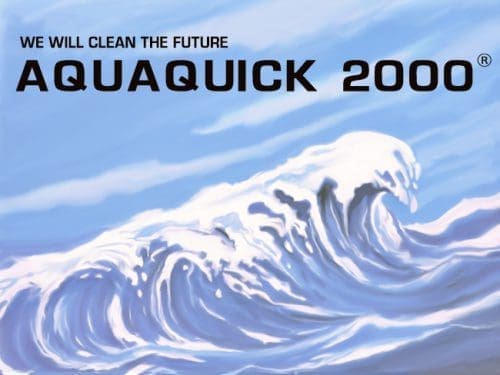Keeping drain pipes clean is crucial to ensure proper flow and avoid blockages that can lead to costly repairs. Over time, dirt, grease, soap scum, and other debris accumulate inside drain pipes, potentially causing unpleasant odors or complete clogs. This guide will explore five effective methods to clean a drain pipe, detailing the tools and techniques for each approach. Additionally, we will highlight AQUAQUICK 2000, a remarkable product for eco-friendly and effective pipe cleaning.
Why Regular Drain Pipe Cleaning Is Important
Drain pipes play an essential role in directing wastewater away from your home or business. Neglecting their maintenance can lead to a host of issues, such as:
- Slow drainage
- Foul odors
- Complete blockages
- Potential damage to plumbing systems
Taking proactive steps to clean your pipes regularly will help maintain a functional drainage system and avoid costly repairs.
1. Hot Water and Detergent
How It Works
One of the simplest methods to clean a drain pipe involves using hot water combined with a detergent. This approach is especially effective for breaking down grease and oil build-up.
Step-by-Step Guide
- Boil a large pot of water.
- Add a cup of detergent or liquid dish soap.
- Slowly pour the hot mixture down the drain.
- Rinse with another pot of plain hot water to flush out loosened debris.
When to Use This Method
This method is suitable for regular maintenance and mild blockages. However, for heavy grease or mineral build-up, you may need a stronger solution.
2. DIY Baking Soda and Vinegar Solution

The Science Behind It
When baking soda (a base) reacts with vinegar (an acid), the resulting chemical reaction creates carbon dioxide bubbles that can dislodge grime and debris.
Step-by-Step Guide
- Pour half a cup of baking soda down the drain.
- Follow it with half a cup of white vinegar.
- Cover the drain with a plug or cloth to trap the reaction inside the pipe.
- Let the mixture sit for 30 minutes.
- Flush with hot water to clear the pipe.
Benefits of This Method
- Safe for most pipe materials.
- Non-toxic and eco-friendly.
- Effective for breaking down organic materials like soap scum or food residue.
3. Using a Drain Snake
What Is a Drain Snake?
A drain snake, or plumber’s auger, is a flexible tool designed to break up and remove blockages from pipes.
Step-by-Step Guide
- Insert the snake into the drain until you feel resistance.
- Rotate the handle to break up the clog.
- Pull out the snake, removing any debris it catches.
- Flush the drain with water to ensure it’s clear.
When to Use a Drain Snake
Drain snakes are particularly useful for tackling stubborn clogs caused by hair, soap scum, or small objects.
4. Chemical Cleaning with AQUAQUICK 2000
Why Use AQUAQUICK 2000?
For effective and environmentally friendly cleaning, AQUAQUICK 2000 is a top choice. This water-based formula is highly effective in removing grease, hydrocarbons, and other contaminants from pipes, whether in residential or industrial settings.
How to Use AQUAQUICK 2000 for Pipe Cleaning
- Mix the product with warm water according to the manufacturer’s instructions.
- Pour the solution into the drain.
- Allow it to sit for the recommended time to dissolve grease and grime.
- Use a brush or sponge to clean any accessible pipe surfaces.
- Flush with hot water to remove the debris and cleaning solution.
Key Benefits of AQUAQUICK 2000
- Safe for users and the environment.
- Eliminates the need for harsh physical labor.
- Suitable for both home and industrial applications.
- Effectively removes welding slag, grease, and other contaminants.
By using AQUAQUICK 2000, you can clean drain pipes without harming the environment or exposing yourself to hazardous chemicals.

5. High-Pressure Water Jetting
How It Works
High-pressure water jetting involves using a specialized hose to blast water at high pressure through the drain. This method effectively clears blockages and removes debris from the pipe walls.
Step-by-Step Guide
- Rent or hire a professional water jetting service.
- Insert the high-pressure hose into the drain.
- Activate the jet to dislodge debris and flush it out.
- Run clean water through the drain to ensure it’s clear.
Pros and Cons
- Pros: Highly effective for deep cleanings; removes stubborn blockages.
- Cons: Requires special equipment; not ideal for older, fragile pipes.
How to Choose the Best Cleaning Method
Factors to Consider
- Type of Blockage: Grease clogs may require chemical solutions like AQUAQUICK 2000, while hair clogs might need a drain snake.
- Frequency: Regular maintenance can often be handled with hot water or a baking soda solution.
- Pipe Material: Ensure the method you choose is safe for your pipe material.
- Environmental Concerns: Opt for eco-friendly products like AQUAQUICK 2000 to minimize environmental impact.
Tips for Maintaining Clean Drain Pipes
- Avoid pouring grease, oil, or coffee grounds down the drain.
- Use a drain screen to catch hair and food particles.
- Schedule regular cleanings to prevent severe clogs.
Conclusion
Cleaning drain pipes regularly is essential for preventing blockages and ensuring the longevity of your plumbing system. From simple home remedies like hot water and baking soda to advanced methods like high-pressure water jetting, there’s a solution for every need. Among these options, AQUAQUICK 2000 stands out as an environmentally friendly and highly effective product for pipe cleaning.
By incorporating these methods into your routine, you can keep your drain pipes clear and functioning efficiently. Choose the method that best suits your situation and maintain your pipes to avoid future headaches.



